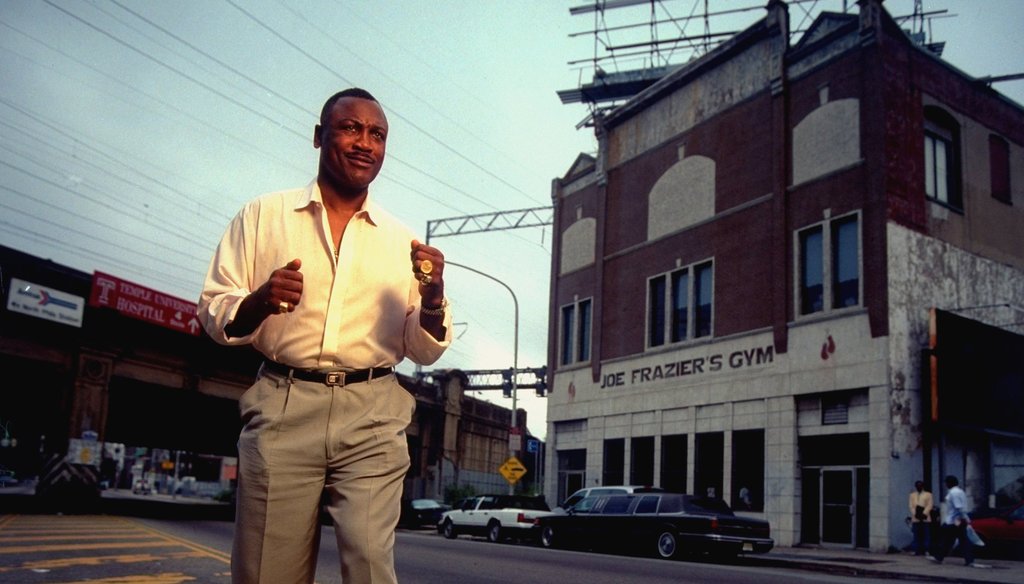
Joe Frazier, or "Smokin' Joe", is known as one of the greatest boxers of all time and one of Philadelphia's greatest athletes. Having been reigning Heavyweight Champion from 1970-1973, Olympic Gold Medalist in the 1964 Summer games, and defeating Muhammad Ali in the "Fight of the Century" in 1971, Frazier made a memorable name for himself in the ring. He even earned his spot in the International Boxing Hall of Fame.
Having moved from South Carolina as a teenager, Frazier came to settle in North Philadelphia. Working at a meat packing company, Frazier would use the meat as substitute for a punching bag to practice. After gaining recognition for his boxing skill in the Olympics, a group of investors known as Cloverlay, Inc. came together to manage Frazier's career. In 1968, Cloverlay, Inc. purchased a building at 2917-19 North Broad Street, becoming Frazier's full time training facility as well as a gym for kids who could not afford membership dues. It remained an open gym until 2008, when certain circumstances forced the building to be placed up for sale.
In 2011, Temple University Architecture professor Dennis Playdon saw the "For Sale" sign outside of the building, and put into motion the process of nominating the building to the Philadelphia Register of Historic Places. In 2012, the National Trust for Historic Preservation listed Joe Frazier's Gym as one of the year's most endangered buildings. Playdon and two Temple Architectural Preservation students, Ann Dinh and Michael Baker, worked diligently to draft a nomination that could save the building before any possible sale and development could happen. Temple also joined forces with the Preservation Alliance for Greater Philadelphia and the Heritage Consulting group to collect all necessary information regarding the structure to save it. By arguing that Joe Frazier's Gym has heavy connections with the life of boxer Joe Frazier, the building establishes a strong connection with the North Philadelphia community, and strong cultural heritage contributing to the area. They had enough supporting evidence to successfully have the building approved.
On June 14, 2013, the building was added to the Philadelphia Register, thanks to the efforts of Temple's dedicated students and professors, and their partnership with the Preservation Alliance on this nomination. In the same year, the building was also added to the National Register, thanks to the nomination submission from the Heritage Consulting Group. The importance of understanding what makes a structure so significant, and being able to actively make a change to spread that significance to the community is a powerful thing. The hope to understand and celebrate the life of Joe Frazier and the positive affects he and his gym had on the community can now continue to inspire others and work to keep our city's history alive.
To read more about the work involved to save Joe Frazier's Gym, view the articles below:
http://www.nytimes.com/2012/09/05/us/saving-joe-fraziers-gym-and-his-phi...
http://www.washingtontimes.com/news/2012/nov/15/fraziers-bond-with-phila...
http://www.breitbart.com/news/da2impqo0/
http://www.sandiegouniontribune.com/sdut-fraziers-bond-with-philadelphia...